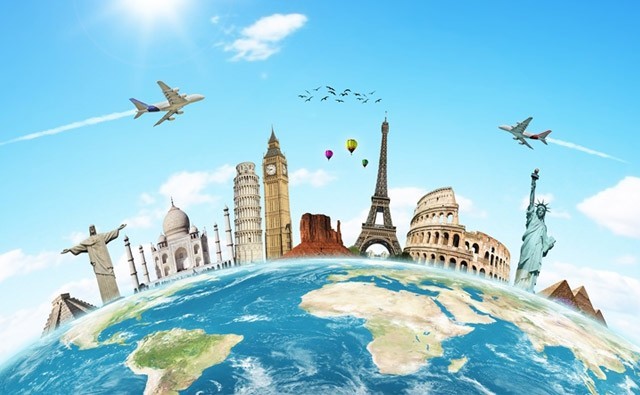For the things of this world cannot be made known without a knowledge of mathematics.
Applied Problems with Discipline Specific Formulae
Here are some ideas of applied problems involving rerranging equations that MTU students come across. Explore more examples of applied problems specific to Biology and Medicine, Engineering, Chemistry and Environmental sciences, Computing and Forensic science. An extensive list of discipline-specific formulae relevant to MTU courses can be downloaded here.
BIOLOGY
Problem 1. A reagent is a substance or compound added to a solution to cause a chemical reaction, or added to test if a reaction occurs. When working with reagents a biological scientist calculates the concentration of a diluted reagent using the formula:

where C1 is the initial concentration of the stock solution, V1 is the amount of stock solution taken to perform the dilution, C2 is the concentration of the diluted sample, and V2 is the final, total volume of the diluted sample. Rearrange the equation to solve for V1. Now use the new formula you obtained to find how many mL of 20% sugar should be used to make 2 mL of 5% sucrose. C1, then, is equal to 20%, V1 is the volume you wish to calculate, C2 is 5%, and V2 is 2000 μL.

BUSINESS
You want to go on a celebratory holiday once you have finished school. The trip is estimated to cost €1000. How much do you need to save each month in order to have €1000 in one year’s time given that the monthly interest rate is i. To answer this question you would need to rearrange the formula

In this formula A represents the amount you need to have saved in total, R the regular amount you save each month, i the interest rate per month and n the number of months.

ENGINEERING
A pacemaker is a small device that is placed under the patient’s skin to help control their heartbeat. An electronic engineer is making an electric circuit that will power and control the pacemaker. The formula

relates the power P a circuit generates with the resistance R and current I. The engineer needs to solve the formula for the current I so that they can analyse how the current depends on other parameters of the circuit.



